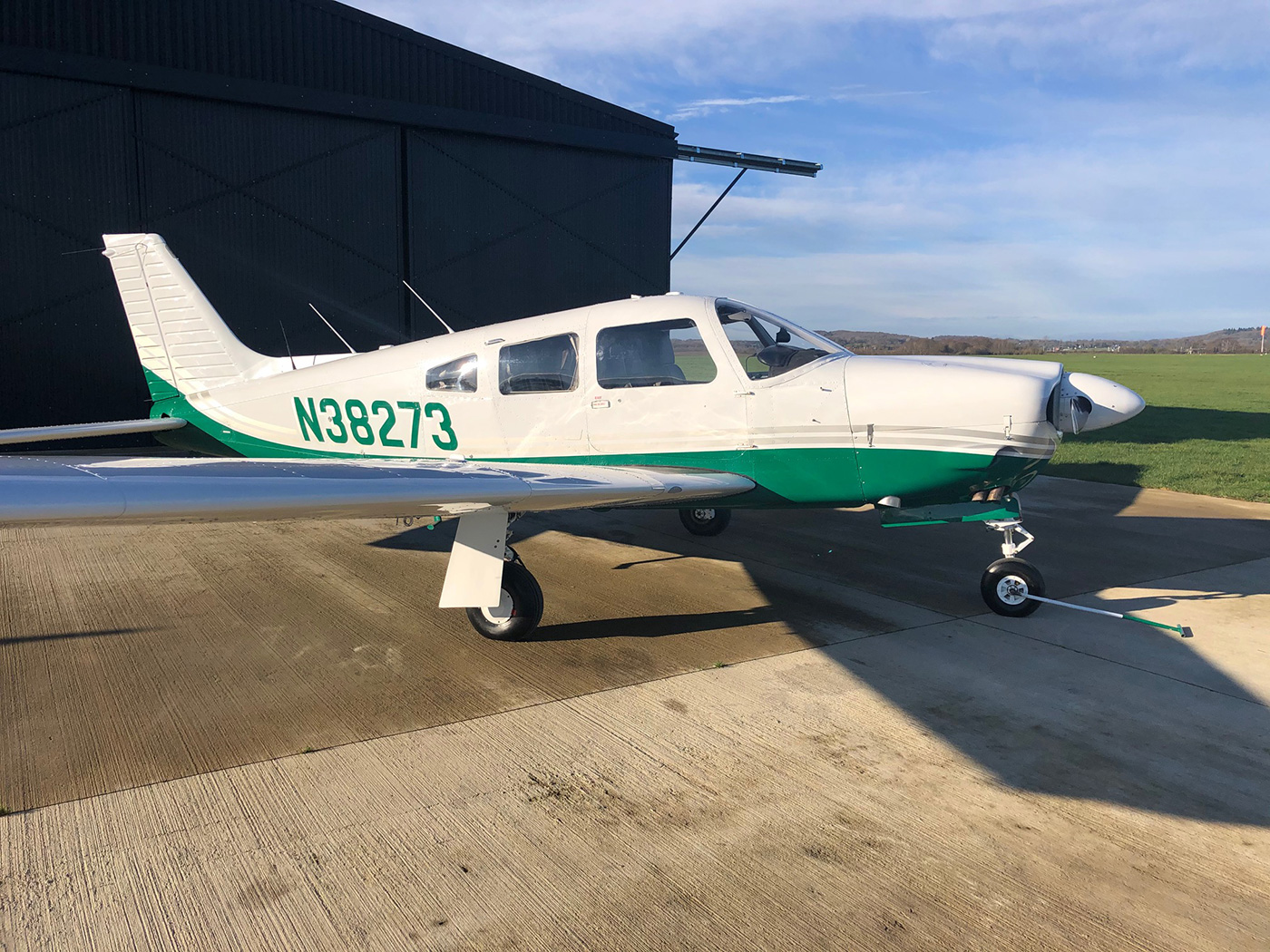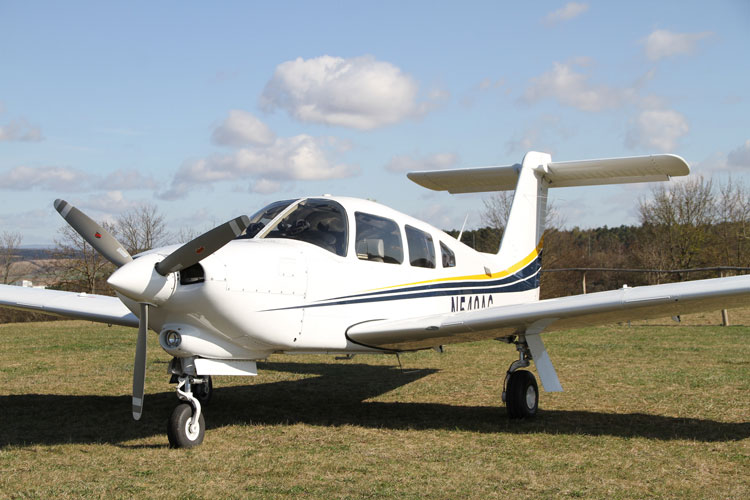Table Of Content

Piper emerged from bankruptcy in 1995 as New Piper, a moniker dropped in 2006. Today’s version—known simply as the “Arrow,” without any Roman numerals—is essentially an Arrow III, arguably the best of the bunch. The 2012 model’s base price is $414,900, which includes a Garmin G500 avionics suite, but no autopilot. The original PA-28 owes its existence to three pioneering designers, John Thorpe, Karl Bergey and Fred Weick, who were charged with developing an airplane that would compete with the Cessna 172. Introduced in 1962 as the Cherokee 150 and 160, the PA-28 gave Piper a badly needed shot in the arm in the low-end market.
Turbos in light singles are, by and large, not a terribly happy combination; the Turbo Arrow is no exception.
Pilots weaned on earlier Arrows will find the turbo an easy step up and will be pleasantly surprised that the greater weight and slightly heavier nose improves the way the airplane handles turbulence. Like most Cherokees, the Turbo Arrow is stable in cruise and very pleasant to fly on instruments. My Arrow came with the auto-extender, but I choose to lock it out to prevent unwanted activation. The white arc tops out at 109 knots, but the gear-down limit is 130 knots, so it makes an effective speed brake. It is actually difficult to operate in level flight under 80 knots with the gear up. Rate of climb performance, which is easier to verify, increased by about 100 FPM based on several timed climbs to 7000 feet from sea level.
Performance
The post-World War II era introduced the PA-15 Vagabond as well as Piper’s first twin all-metal aircraft, and the PA-23 Apache followed in 1954 at the close of the Korean War. Next, in 1979, came the Piper Arrow IV, with a new T-tail design. This was meant to improve things but was not successful overall and was removed by the end of the 1980s. The turbo version of the Arrow IV was given the same T-tail but with the same result. The original 1967 Arrow had a 180-horsepower Lycoming engine, and more than 1,100 of these were sold in the first two years of production.
That Troublesome Turbo
The Turbo Arrow has a decent-sized cabin-a bit roomier than the Mooney, a bit cozier than the Turbo Skylane. Legroom in the rear is pleasant, thanks to a fuselage stretch provided the entire Cherokee line back in 1972. Everyone piles in and out through the single door on the right front side of the aircraft. Check out the Turbo Skylane and Turbo Trinidad and A/B36TC Bonanza, and expect to pay quite a few bucks more for the privilege (and performance).
Question: How much does a Piper Arrow cost?
Since the aircraft is hangared, the paint and interior are still like new. This has also reduced the potential for exterior corrosion—a big concern. As with any personal airplane, we strongly recommend joining a type club. Their expertise can save real money when tracking down common problems. Far and away, the most common and costly problems pointed out by the SDRs have to do with top-end failures.
Loading, comfort Equipped useful loads on the Turbo Arrow range from 937 to about 1,000 pounds according to pilots providing feedback. That means with a full 72 gallons of fuel aboard, a 505 to 568-pound payload can be carried. That, of course, works out to about three (170-pound) people and no baggage to speak of. With four 170-pounders aboard, figure on about four hours of flight at 75 percent power with no reserve.

Im now convinced that the IVs are true values when compared to the IIIs. I selected the Piper Arrow as a logical upgrade from my Cherokee 140. I was looking for more speed and climb ability, coupled with benign handling and relatively simple systems.
Air Compare: Piper Lance vs. Saratoga - FLYING
Air Compare: Piper Lance vs. Saratoga.
Posted: Sat, 30 Dec 2023 08:00:00 GMT [source]
Powerplant problems The TSIO-360 engine in the Turbo Arrow (and other aircraft like the Turbo Dakota, Piper Seneca and Mooney 231) has been the focus of concern in the past. Our research when these aircraft were in production showed that problems with this engine were not merely causing maintenance hardship, but were knocking airplanes out of the sky with catastrophic inflight engine failures. We have a document created by the owner of the airplane—it’s on leaseback—that discusses the particularities of the Turbo Arrow. Each renter is required to read this and sign it before the checkout. Additionally, each unique component’s information manual is available on the club’s website page for the Turbo Arrow. Each renter is expected to become familiar with the functions of these components.
Performance and Handling

Piper released a kit that can be used to eliminate the auto gear extension system, although some pilots prefer to keep this feature intact. The Piper PA-28R got its start as an offshoot of the Piper Cherokee PA-28. The concept of the original P-28 Cherokee line was to deliver an aircraft that could compete with the low-end fixed-gear single engine market that the Cessna 172 was then dominating. The best Piper had at the time was the Tri-Pacer, and it could not touch the success of the Cessna 172 in the target market. The Piper Arrow being a popular aircraft, models tend to keep their value well, and you are unlikely to lose money when you come to sell your Arrow. Of course, prices vary to a large extent depending on the variant and how well the individual airplane has been maintained.
I leaned toward the Arrow after I lost my Skyhawk to hail damage because of its range and air conditioning (it’s one of the few lower-end planes with air conditioning). I average around 50 to 60 hours of flying time per year, flying up and down the East Coast. Insurance costs have remained around $1700 for a $125,000 hull value and $1 million smooth policy.
Mooney followed the success of its then-new 201 with the 231, brought out in 1978, which used a slightly different version of the Turbo Arrow's TSIO-360 Continental. Though no faster than a 201 below 10,000 feet, the 231 nonethe- less was a success because it could flat haul in the flight levels. The Rock- well 112TC survived to 1979 with relatively slow sales all along, and the 231 evolved into the 252, only to be supplanted in Mooney's current lineup by the fire-breathing 270-hp TLS. During letdowns, the Arrows gear serves as an effective speed brake.
SDR submission dates suggest that turbo problems of various sorts continue unabated, though not in great abundance. Sure enough, sales of the new so-called Turbo Arrow III took off, and the normally aspirated model was relegated to almost a production afterthought. History After a decade as the pinnacle of the Cherokee line, powered by the Lycoming IO-360, the Arrow was slotted for an upward move to turbo status in 1977.
However, Arrow owners should be aware of the long history of wing spar cracks on the whole PA28 family of aircraft. So do, make sure that whoever is doing the maintenance knows about this, knows what to inspect, and conducts regular inspections as recommended. The Knots 2U mods-all of them, including the flap/fuselage and stabilator seals. Speeds increased five to 10 knots (at 19,000 feet we get about 182 knots).
